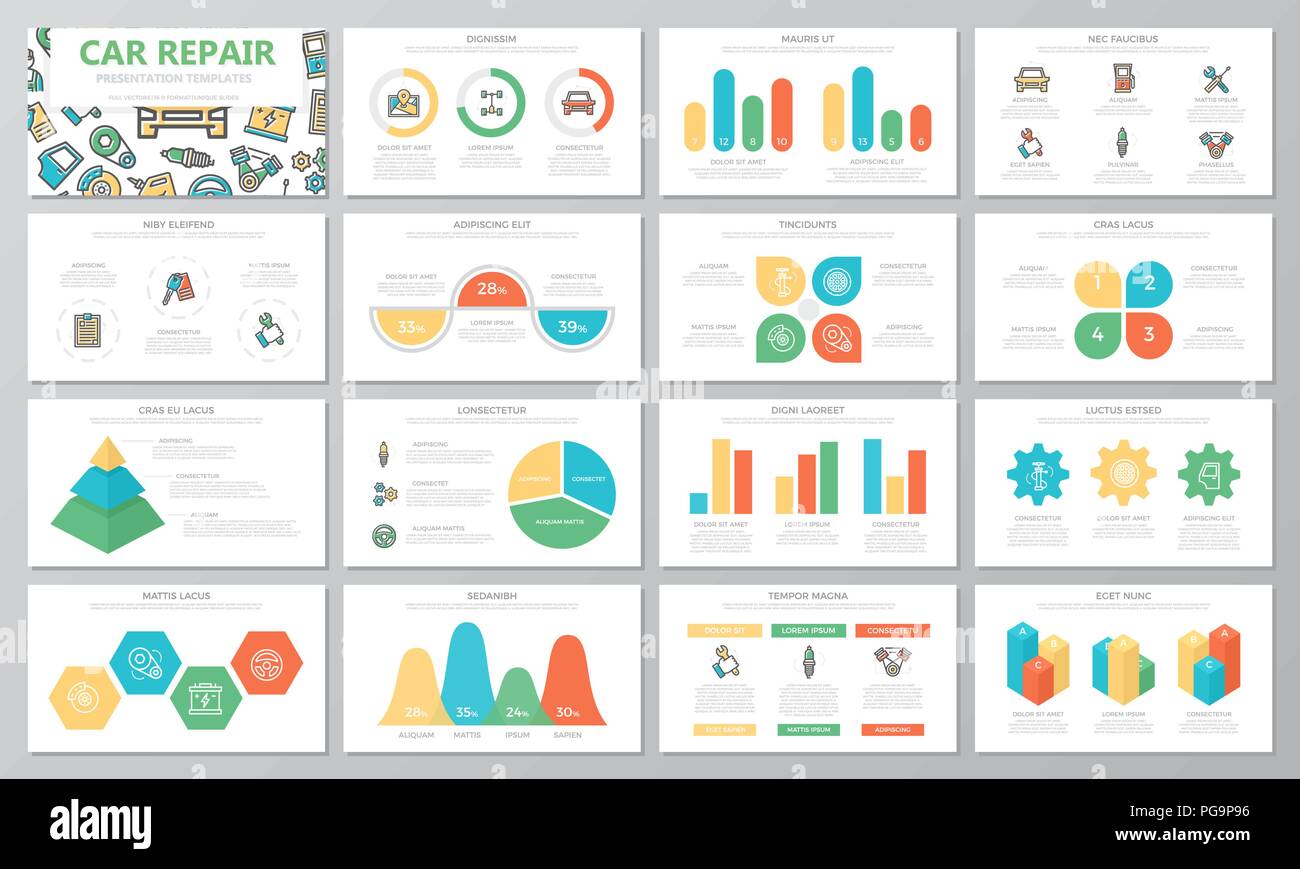Comprehending Your Cars And Truck'S Caution Lights: What Do They Actually Mean?
Comprehending Your Cars And Truck'S Caution Lights: What Do They Actually Mean?
Blog Article
Created By-Faulkner Shepherd
When you lag the wheel, those radiant caution lights on your dashboard can be a little bit difficult. Do you understand what they're trying to tell you about your cars and truck's wellness? Understanding the value of these lights is important for your safety and security and the longevity of your lorry. So, the next time one of those lights turns up, would not you intend to decipher its message precisely and take the required actions to address it?
Common Caution Lights and Interpretations
Recognize common warning lights in your cars and truck and recognize their meanings to guarantee safe driving.
The most regular caution lights include the check engine light, which signifies issues with the engine or emissions system. If Get the facts begins, it's crucial to have your vehicle examined quickly.
The oil stress alerting light shows low oil pressure, needing prompt attention to avoid engine damage.
detail club flashing battery light might recommend a faulty charging system, potentially leaving you stranded if not attended to.
The tire stress surveillance system (TPMS) light notifies you to reduced tire stress, impacting automobile security and fuel performance. Disregarding this might lead to harmful driving problems.
The abdominal light shows a trouble with the anti-lock stopping system, jeopardizing your ability to stop promptly in emergency situations.
Lastly, the coolant temperature warning light warns of engine getting too hot, which can lead to extreme damage if not dealt with quickly.
Understanding these typical warning lights will aid you deal with issues without delay and maintain safe driving conditions.
Importance of Prompt Focus
Understanding the common warning lights in your car is just the primary step; the significance of promptly resolving these cautions can not be highlighted enough to ensure your security on the road.
When a caution light brightens on your control panel, it's your car's way of interacting a potential issue that requires interest. Overlooking these cautions can result in more extreme troubles down the road, endangering your safety and security and possibly costing you more out of commission.
Prompt attention to warning lights can protect against breakdowns and crashes. As an example, a blinking check engine light can suggest a misfire that, if left unattended, can create damages to the catalytic converter. Addressing this without delay can save you from an expensive repair.
Likewise, a brake system warning light could signal reduced brake liquid or used brake pads, essential parts for your safety when driving.
Do It Yourself Troubleshooting Tips
If you observe a caution light on your dashboard, there are a couple of DIY troubleshooting suggestions you can attempt before looking for professional help.
The primary step is to consult your automobile's manual to understand what the details warning light shows. Occasionally the problem can be as easy as a loose gas cap activating the check engine light. Tightening up the gas cap may settle the problem.
https://www.whsv.com/2022/05/17/staunton-auto-repair-man-wins-dealer-year-award/ is a reduced battery, which can activate numerous alerting lights. Checking the battery connections for corrosion and ensuring they're protected may take care of the issue.
If a warning light lingers, you can try resetting it by detaching the cars and truck's battery for a couple of mins and afterwards reconnecting it. Furthermore, inspecting car washes , such as oil, coolant, and brake liquid, can aid repair warning lights associated with these systems.
Final thought
In conclusion, understanding your car's caution lights is necessary for keeping your vehicle running efficiently and safely. By promptly attending to these signals and understanding what they imply, you can prevent costly fixings and potential break downs.
Remember to consult your vehicle's guidebook for certain information on each warning light and take action as necessary to make certain a hassle-free driving experience.
Keep informed, stay safe on the road!
